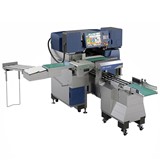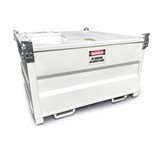Soccer mums, weekend-only race car dads, and the pimpled teenager with a fresh license, all have the same demands listed for the roads – price, performance, reliability. However with the current fleet of solely alternative-fuelled cars, only two of the above choices can be picked in one helping.
Sales are certainly occurring, but not at the level to force a global shift. A Plunkett Research analysis showed that up to July 2010, 37 million alternative-only fuel powered cars had been sold worldwide, compared to around 930 million fuel powered cars and light trucks. It cited the Achilles wheel of the new age industry being the reliability, as well as the low travelling ranges possible. A petrol fuelled learner could drive circles around even the most advanced alternative technologies, after their lights long went out.
In 1999, a unique approach to the modern alternative-fuel game was developing. Motor Development International (MDI) arose with the very public idea of the air-fuelled car, and were later joined on the road to 'almost production' by Indian car-making giant Tata Motors.
Essentially, the science behind it was strong: in the same way a petrol engine burns the air and fuel to drive the pistons, the air car would hold highly compressed air tanks – with the expansion of the steady release having the same effect on creating force within the combustion chamber.
In recognition of the decade that has passed for what was clearly an innovative idea – what were the reasons this balloon full of compressed air burst?
Even with so many sets of eyes watching, little was returned. Early MDI testing showed the range of the developmental stage 'Air Taxi' to be 7.22km, with no further updates since – despite further claims. Add to that a 2005 study by the Institute for Lifecycle Environmental Assessment (US), which found that on the same initial energy - a lithium-ion battery could propel the test vehicle 133km, whereby the compressed air unit could only manage 46km.
Other problems of the air engine are the freezing of the engines during cold operation, due to the drops in temperatures as air is uncompressed, and fundamentally – no air powered car to date has been proven to be able to achieve highway speeds – perhaps the most important foot in the door, for today's lead-footed society.
When looking at alternative power, there are several important factors, which will ultimately define its success as a source. The main two factors are weight changes, as result of required supporting infrastructures, volume, and the potential energy available.
Air has little weight in its natural state, but when compressed – it has considerable mass, even when kept in a storage tank made of carbon fibre. And of course, the development of the carbon fibre tanks had been one of the greatly advertised features of the air car.
So with heat being created during the compression phase, the engines freezing up during decompression, and the loss of energy during every step in-between, the idea of an air-powered car was doomed from the onset for its lack of efficiency.
And despite the development of lighter, stronger frames to support the engines, it seems the engine itself has little to provide in terms of individual merit.
At the passing of the decade from its date of birth, it seems – at least for now – that this particularly clever idea has run out of puff.



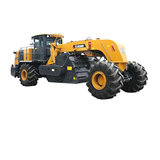
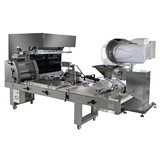
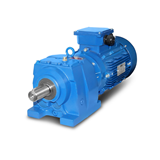
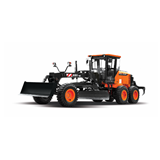
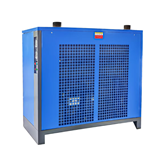

-160x160-state_article-rel-cat.png)
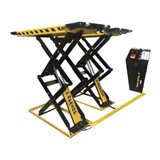
-160x160-state_article-rel-cat.png)








